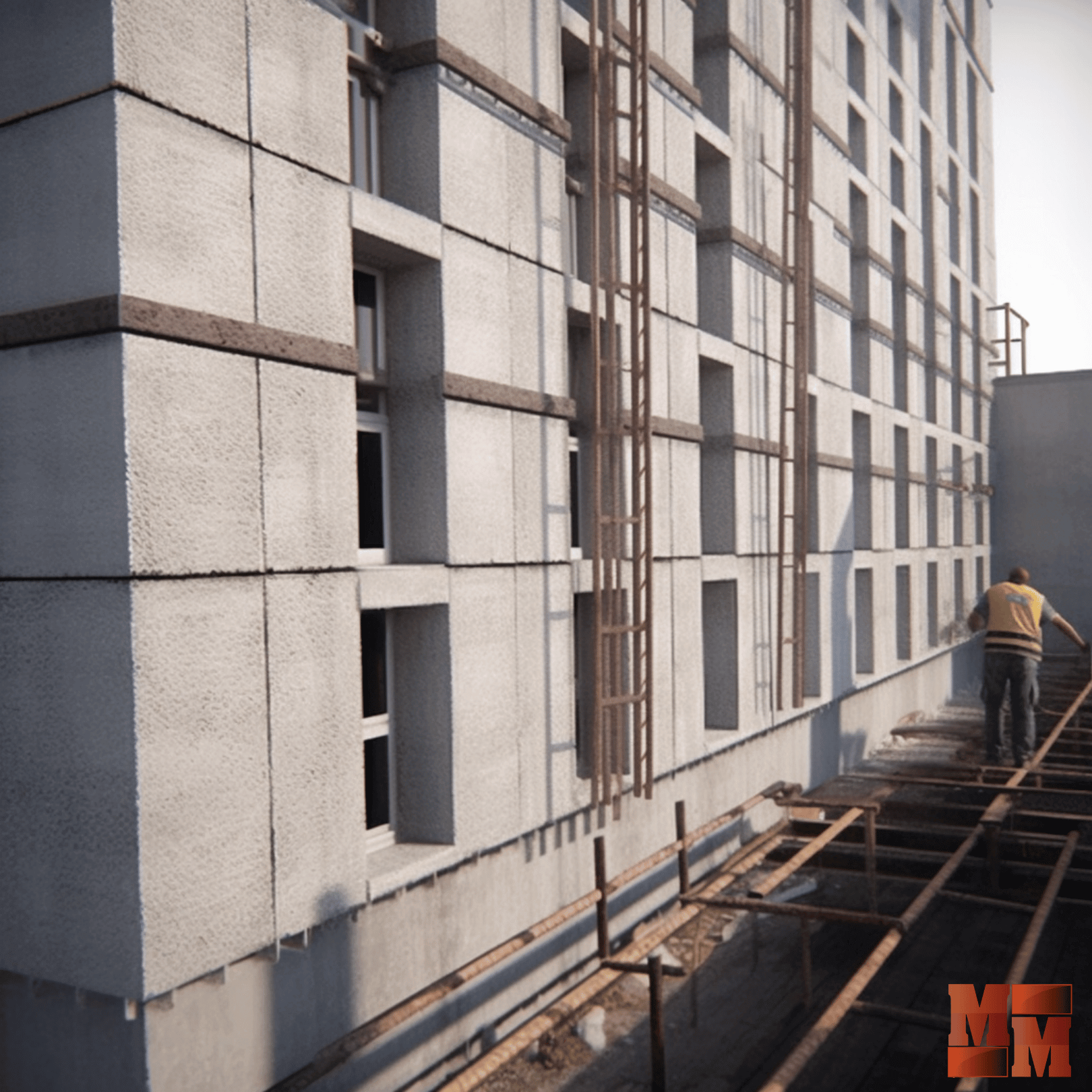Professional Consolidation and Securing of Masonry with Structural Anchors: A Comprehensive Guide
Masonry structures have been around for centuries and continue to be a popular choice for buildings and structures of all types. Masonry is known for its durability, strength, and aesthetic appeal. However, over time, masonry structures can deteriorate, weaken, and become unstable. When this happens, it's important to take steps to consolidate and secure the masonry using structural anchors.
In this section, we'll cover everything you need to know about professional consolidation and securing of masonry with structural anchors, including the benefits of using structural anchors, the types of anchors available, the consolidation and securing process, and tips for maintaining your masonry structure.
Benefits of Using Structural Anchors
Structural anchors offer a variety of benefits, including :
- Enhanced Safety : Structural anchors help secure the masonry structure, preventing it from collapsing or becoming unstable.
- Increased Stability : Structural anchors provide additional support to the masonry, enhancing its strength and durability.
- Aesthetic Appeal : Structural anchors can be used to enhance the appearance of masonry structures, especially when used in conjunction with other restoration and repair techniques.
Types of Structural Anchors
There are several types of structural anchors available, each with their own unique characteristics and advantages. Some of the most popular types of structural anchors include :
- Expansion Anchors : Expansion anchors are designed to expand when installed, providing a secure connection between the anchor and the masonry structure.
- Screw Anchors : Screw anchors are installed using a drill and screw, providing a secure and reliable connection.
- Chemical Anchors : Chemical anchors use a chemical reaction to bond the anchor to the masonry structure, providing a strong and durable connection.
Consolidation and Securing Process
The consolidation and securing process for masonry structures can vary depending on the specifics of the project, but generally includes the following steps :
- Assessment : A professional masonry contractor will assess the masonry structure to determine the extent of the damage and identify any potential safety concerns.
- Planning : The contractor will develop a plan for consolidating and securing the masonry using structural anchors.
- Preparation : The masonry structure will be prepared for the installation of the anchors, which may include cleaning, repairing, and reinforcing the masonry.
- Anchor Installation : The structural anchors will be installed according to the plan, providing additional support and stability to the masonry structure.
- Finishing Touches : Once the anchors are in place, any necessary finishing touches, such as jointing, sealing, and cleaning, will be completed.
Tips for Maintaining Your Masonry Structure
To ensure the longevity and stability of your masonry structure, it's important to take proper care of it over time. Here are a few tips for maintaining your masonry structure :
- Regular Inspections : Regular inspections can help identify any potential issues or damage to the masonry structure and allow for prompt repairs.
- Cleaning : Masonry structures should be cleaned periodically to remove dirt, debris, and other contaminants that could compromise their performance.
- Regular Maintenance : Performing regular maintenance, such as repairing cracks and sealing joints, can help extend the lifespan of your masonry structure.
Conclusion
Consolidating and securing masonry structures with structural anchors is an important part of maintaining their safety, stability, and aesthetic appeal. By understanding the benefits of using structural anchors, the types available, and the consolidation and securing process, you can ensure a successful and long-lasting project.
When it comes to consolidating and securing masonry structures, it's important to work with a professional contractor who has the expertise and equipment to ensure a safe and effective installation. With proper planning and preparation, and by following the steps outlined in this article, you can ensure that your structure remains secure and stable for years to come.

